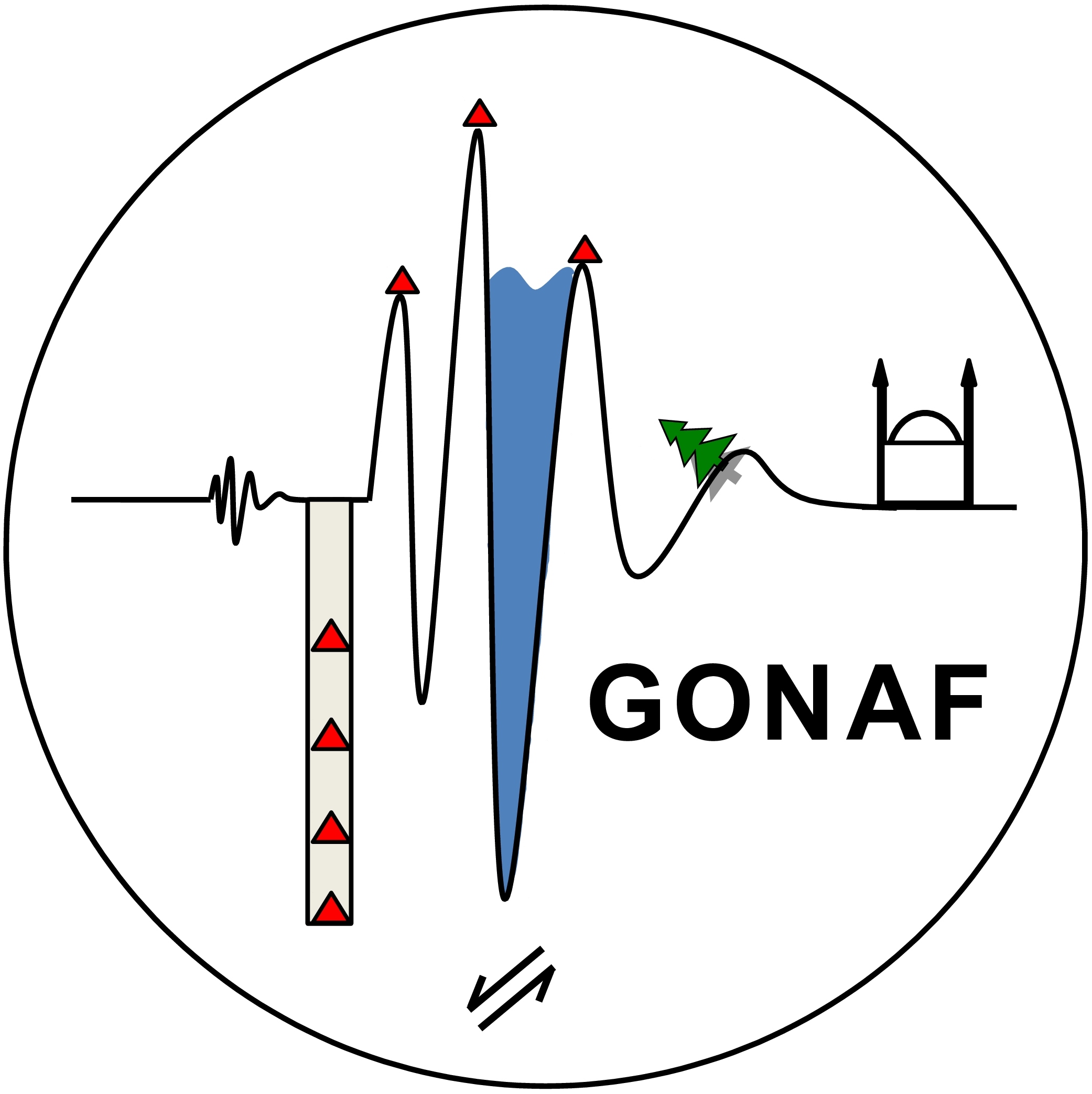Tectonic context
The continental North Anatolian Fault Zone (NAFZ) spans some 1200 km, from eastern Anatolia to the northern Aegean Sea (e.g., Barka, 1992; Sengör et al., 2005; Bohnhoff et al., 2016a). It forms the plate boundary between the Anatolian plate in the south and the Eurasian plate in the north. It is one of the most active plate-bounding strike-slip faults in the world, slipping at a rate of 20–30 mm yr−1, with the largest rates at its western end (McClusky et al., 2000; Reilinger et al., 2006). Its kinematic framework is driven by the northward-pushing Arabian plate in the east and the southward-pulling rollback of the Hellenic subduction zone in the west, forcing the Anatolian plate to rotate counter-clockwise (Flerit et al., 2004; Bohnhoff et al., 2005; Bulut et al., 2012).
In the last century, almost the entire NAFZ ruptured in a series of M>7 earthquakes, starting with the 1912 Ganos event west of the Sea of Marmara. The next major event then occurred in Erzincan, eastern Anatolia, in 1939, and was followed by a systematic westward propagation of earthquakes (Stein et al., 1997; Sengör et al., 2005). This sequence ended with the M7.4 İzmit and M7.1 Düzce earthquakes in 1999, just east of the Sea of Marmara (Tibi et al., 2001; Barka et al., 2002; Bohnhoff et al., 2016b). Currently, the NAFZ section below the Sea of Marmara is the only portion of the entire fault zone that has not failed in a major earthquake since 1766. The Marmara section has produced several earthquakes as large as M ∼ 7.4 in historic times, at an average recurrence time of 200–250 years (Parsons, 2004; Bohnhoff et al., 2016a). It would appear then that it is currently in the final stage of its seismic cycle, with a 35–70 % probability of a M>7 earthquake occurring by 2034 (Parsons, 2004; Murru et al., 2016).
Unfortunately, the eastern part of this section – the Princes Islands segment – runs within 20 km of the 15+ million inhabitants of the Istanbul metropolitan area. Aside from the potential for a tragic loss of lives, this region also accounts for about 45 % of the national production and about 23 % of the total Turkish gross national product. For these reasons, significant efforts are being made by the Turkish authorities to assess these earthquake hazards and mitigate their risks. Current estimates of damage from an expected M = 7.5 earthquake below the Sea of Marmara suggest up to 90 000 fatalities. Up to 800 000 people might be affected and immediate economic losses could be up to USD 40 billion (Bas and Yagci, 2008).
In such a complex natural and urban setting, high-resolution seismic monitoring under low-noise conditions is of central relevance. It presents a critical need to conduct research in refining potential rupture scenarios, identifying potential nucleation points, and rupture directivity models for the pending earthquake. GONAF aims at addressing these challenges and started to result in important achievements in earthquake detection, waveform quality improvement, and detection of strain by using the downhole seismic arrays and strainmeters.


